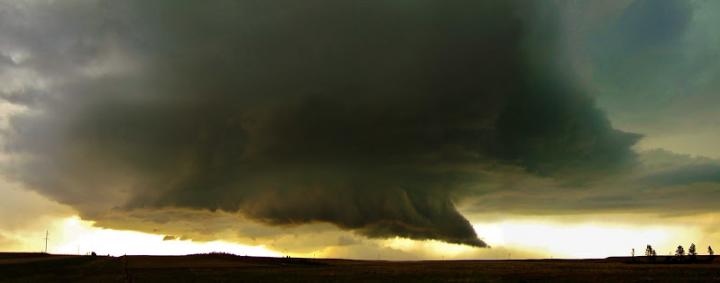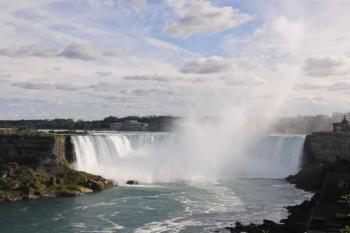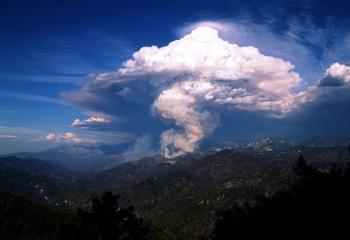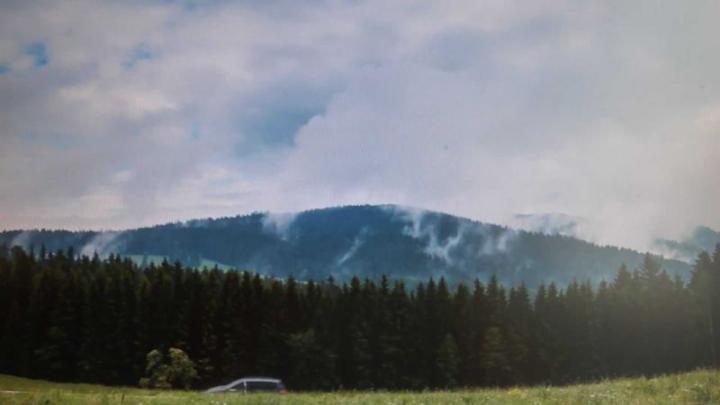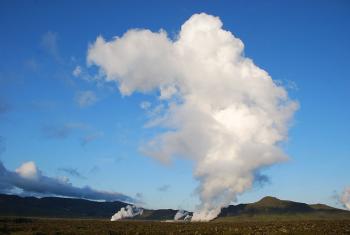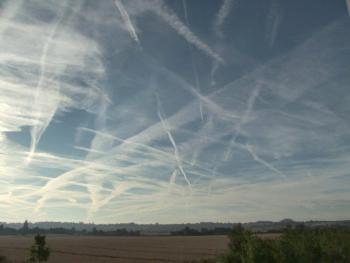
The Doomsday cloud, Undulatus Asperatus.
ADVERTISEMENT
Contrails disappear quite rapidly. Geoengineering spreads across the sky. It is a chemical cloud not jet fuel condensation. Don't believe me? Anyone over 50 knows the sky never looked like this growing up even living in a high air traffic area. Any old Farmer can tell you the same thing. Geoengineering's patent is online for you to research. It exists. New clouds? A result of Geoengineering. Don't refute it before you research it.
Mary, I'm over 50 and we've had contrails as long as I remember. There are photographs from the WW2 that shows the sky full off contrails. We see more of them now because there's more air traffic. And it's completely wrong to say contrails disappear rapidly. You're just parroting things you've read previously without doing any of your "own research" that conspiracy theorists keep bleating on about.
Stop repeating misinformation, please.
I am 100% with you on this. They spray my skies everyday here in MD. We’ve got different planes using different spraying devices making all kinds of shapes. First it will be a clear blue sky and then suddenly the next day the whole sky is covered in a thick smoggy blanket. Then it rains and then it gets unnaturally warm. Happens every time they spray. Give it up to science to make up some more facts to cover up what they do.
No, they're not spraying the skies.
Mary Martha, you are ABSOLUTELY correct! I am 51 and I don’t recall EVER seeing the ‘clouds’ back growing up as I see ALL THE TIME today.
You are right. Thanks for educating people.
Thank you for posting about geoengineering. I wish they would tell the truth.

